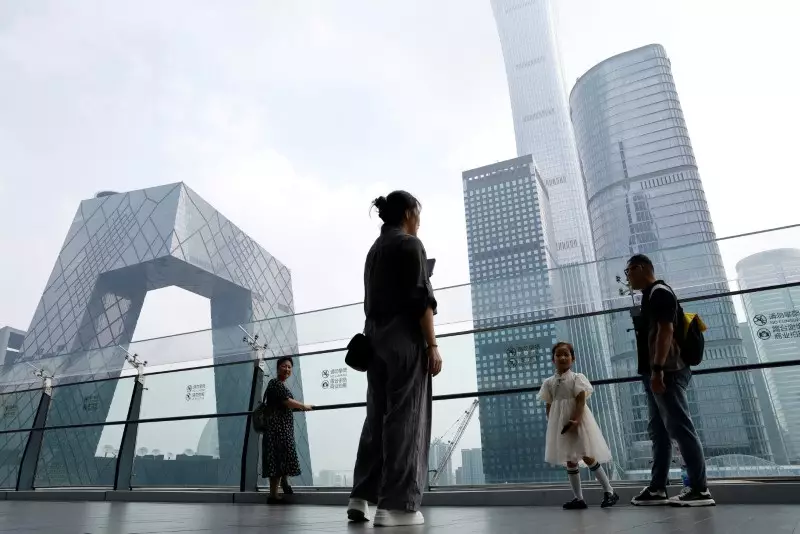The latest economic figures coming out of China are painting a bleak picture of the country’s economic situation. From falling new home prices to slowing industrial output, it is evident that the world’s second-largest economy is facing significant challenges in maintaining its growth trajectory. While some data points exceeded expectations, they did so for reasons that are far from positive. For instance, rising inflation was attributed to unfavorable weather conditions rather than increased domestic demand, while a surge in imports was driven by pre-emptive chip purchases ahead of anticipated U.S. technology restrictions.
The disappointing economic performance has led economists and policymakers to call for immediate and substantial policy interventions to stimulate growth. There are discussions about widening the budget deficit to 4% of GDP from the planned 3% to inject much-needed stimulus into the economy. It is believed that without such measures, achieving the targeted growth rate of around 5% for the year would be highly unlikely.
Traditional approaches to boosting the economy, such as increased infrastructure spending, are showing diminishing returns after years of heavy investments. The focus is now shifting towards supporting domestic demand to drive growth. Advanced manufacturing, which has been a key driver of China’s economy, is facing challenges due to trade tensions and concerns about overcapacity and deflation.
As consumer spending tightens and retail sales face pressure, there are calls for direct support to consumers in the form of cash or vouchers. This idea, which has been implemented in other countries during the pandemic, is gaining traction in China. Suggestions have been made for the government to consider providing additional support worth at least 1 trillion yuan ($139 billion) to consumers to stimulate spending.
Despite the growing momentum for consumer stimulus measures, there is skepticism about whether Beijing will implement such strategies. Past preferences for supporting businesses over consumers during the pandemic have left many doubtful about the government’s willingness to provide direct support to the public. Additionally, experts caution that any consumer-driven pick-up in spending may be short-lived and unsustainable unless broader economic issues, such as the property market and stock performance, are addressed.
The pressure on Beijing to kickstart the Chinese economy is mounting. With traditional measures showing limited effectiveness, there is a growing consensus among economists and policymakers that a shift towards supporting domestic demand and directly stimulating consumer spending may be necessary to steer the economy back on track. However, the challenges of implementation and the need for sustainable, long-term solutions remain critical factors in addressing China’s economic woes.

